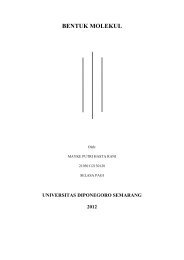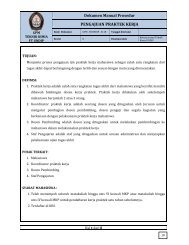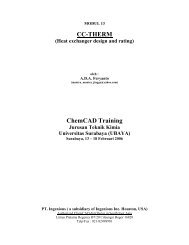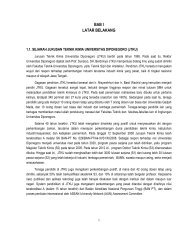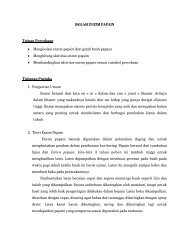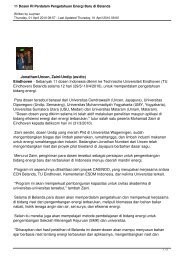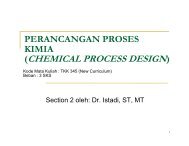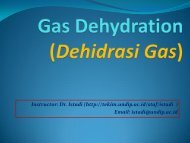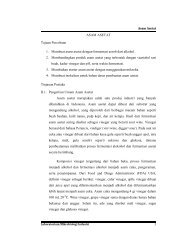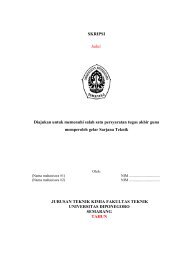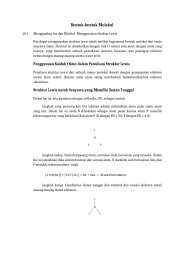Alkylation of Benzene by Propylene to Cumene 6
Alkylation of Benzene by Propylene to Cumene 6
Alkylation of Benzene by Propylene to Cumene 6
- No tags were found...
Create successful ePaper yourself
Turn your PDF publications into a flip-book with our unique Google optimized e-Paper software.
6.2 Reaction-Engineering Analysis 179Table 6.5 Selectivity obtained with different zeolite catalysts in cumene synthesis [4] .Zeolite - beta Mordenite MCM - 22 Zeolite - YOverall selectivity on propylene (%) 99.87 98.61 98.74 98.30Table 6.6 Selectivity and DIPB distribution at different temperatureand propylene conversions [6] .Catalyst T ( ° C) X propylene a)(%)b)Selectivity (%) Iso/n DIPBs distribution (%)ratio<strong>Cumene</strong> DIPB Oligo ortho meta paraMCM – 22 180 76.05 92.12 7.34 0.32 1650 10 30 6097.97 90.56 9.03 0.27 830 8 32 60220 91.70 90.78 8.84 0.18 790 7 33 6096.28 89.54 9.60 0.11 460 5 38 57Beta 180 76.25 92.16 6.96 0.41 920 6 42 5297.34 90.76 8.33 0.25 900 5 44 51220 89.90 89.34 10.07 0.21 720 5 46 4998.34 88.67 10.58 0.15 460 3 51 46Reactions conditions: <strong>to</strong>tal pressure, 3.5 MPa; B/P mole ratio, 7.2. Catalyst with Si/Al ratio about 16.a) Different propylene conversion were achieved <strong>by</strong> changing the WHSV.b) Selectivity referred <strong>to</strong> propylene.in cumene around 90%. Other studies prefer MCM - 22 because <strong>of</strong> better stabilityagainst deactivation [7] . As Table 6.6 shows, the selectivities <strong>of</strong> zeolite - beta andMCM - 22 are similar in the range <strong>of</strong> temperature <strong>of</strong> 180 – 220 ° C and benzene/propyleneratios <strong>of</strong> 3.5 – 7.2. Modified Y - type zeolites were found capable <strong>of</strong> selectivityover 97% at lower temperature [8] , and are therefore recommended for catalyticdistillation. Recent patents show that the new superactive zeolite catalysts are suitablefor both alkylation and transalkylation reactions.At quasiequal selectivity the differences in performance <strong>of</strong> catalysts can be justified<strong>by</strong> the amount <strong>of</strong> trace impurities produced. Because operating at lower temperatureis more favorable, material efficiency seems <strong>to</strong> be in contradiction withheat integration.Table 6.7 displays some physical properties <strong>of</strong> zeolites. A study issued fromindustry [8] demonstrates the significant role <strong>of</strong> mass - transfer resistances, evenfor small particles below 1 mm, reporting that pore diffusion may decrease theeffectiveness from low <strong>to</strong> very low values (0.4 <strong>to</strong> 0.06). The external mass - transferresistance is much less important. In consequence, in commercial operation onlya small part <strong>of</strong> the catalyst is effectively used, typically less than 10%. Since the



